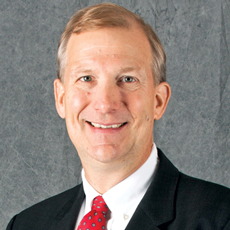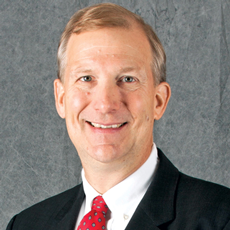

I was taught long ago that liquor has a way of magnifying something that’s already there.
A truly happy person will becomes extremely jocular and gregarious when drunk. On the other hand, an innately unhappy person will become a mean or abusive drunk.
America, safe to say, is in the midst of a heck of a hangover right now. How things are going to shake out after it gets a little rest, nobody really knows.
In the case of long-term care, it might not want to know. One deep-seated worry is that some leaders have been figuratively nipping at the flask a bit too much lately. Neither jocular nor mean, they might instead be overtaken by wishful thinking.
Take, for example, Katie Smith Sloan’s motivational statement that providers must become their own engines of change. This is necessary because, as she accurately notes, pandemic stresses have exposed every fissure — chasm-sized or hairline crack — that previously existed in providers’ make-up.
For sure, the LeadingAge president and CEO was trying to rally the base on one hand, but she also was candidly exposing truths on the other. Namely, change must come.
I especially like that she said imagination is needed “now more than ever.” Remember that it was Albert Einstein who intoned that imagination is more important than knowledge. Yeah, the guy with all the brains said that.
But predicting or wishing it were so, unfortunately doesn’t guarantee anything will happen. Some sort of solid backing or critical mass is needed to bring change to any idealistic endeavor.
This is where the views of noted Harvard health policy expert David Grabowski, Ph.D., intersect with Sloan’s wistful thinking. Both see the pandemic as a lever to a different future.
Grabowski predicts that “big, big changes” are coming because the pandemic exposed underlying, systemic problems.
He’s at least half right.
The issue always pivots to the question: What will actually get done?
Grabowski astutely points out the fragility of the current popular nursing home business model. It has been exposed as not being sturdy enough to withstand some severe challenges. In the same breath, he chides “our underinvestment in high-quality long-term care.”
I’m positive “our” is not referring to an investment cabal he and some Ph.D. buddies in the Cambridge area have put together. But then I’m not always sure when he’s pointing a finger at the operators or federal regulators when he speaks about investment or management. Let’s just assume for kicks that his biggest target is Uncle Sam (you know, the guy who regulates nursing home care and also pays for far more than half of it.)
That’s where the stumbling block comes in for some of Grabowski’s wish list. Steps that could strengthen nursing homes in a post-pandemic world could include realigning Medicare and Medicaid payments to better approximate costs; encouraging policies that increase the number of clinicians on-site; and establishing a public long-term care benefit, to name just a few.
He lists numerous other sound ideas, but they almost all would require more investment in the sector. Will the important people ever feel compelled to help enough to see the government’s own investment perform to its full potential? If history is any indicator, we shouldn’t be holding our breath.
We can toast respected leaders such as Sloan and Grabowski for their high-minded hopes, and hopefully revel in some of their victories in the months and years ahead. But we also have a suggestion for the bartender: Keep the bottle handy.
Follow Executive Editor James M. Berklan @JimBerklan.




